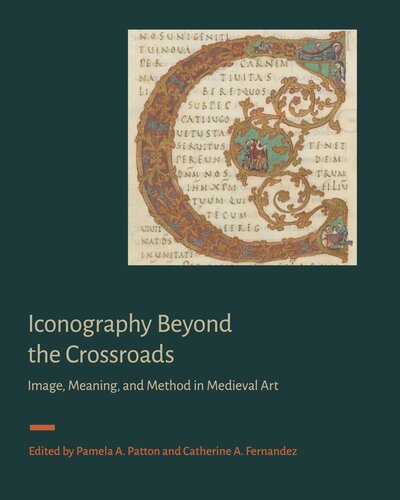

Most ebook files are in PDF format, so you can easily read them using various software such as Foxit Reader or directly on the Google Chrome browser.
Some ebook files are released by publishers in other formats such as .awz, .mobi, .epub, .fb2, etc. You may need to install specific software to read these formats on mobile/PC, such as Calibre.
Please read the tutorial at this link: https://ebookbell.com/faq
We offer FREE conversion to the popular formats you request; however, this may take some time. Therefore, right after payment, please email us, and we will try to provide the service as quickly as possible.
For some exceptional file formats or broken links (if any), please refrain from opening any disputes. Instead, email us first, and we will try to assist within a maximum of 6 hours.
EbookBell Team

4.4
82 reviewsThis volume assesses how current approaches to iconology and iconography break new ground in understanding the signification and reception of medieval images, both in their own time and in the modern world.
Framed by critical essays that apply explicitly historiographical and sociopolitical perspectives to key moments in the evolution of the field, the volume’s case studies focus on how iconographic meaning is shaped by factors such as medieval modes of dialectical thought, the problem of representing time, the movement of the viewer in space, the fragmentation and injury of both image and subject, and the complex strategy of comparing distant cultural paradigms. The contributions are linked by a commitment to understanding how medieval images made meaning; to highlighting the heuristic value of new perspectives and methods in exploring the work of the image in both the Middle Ages and our own time; and to recognizing how subtle entanglements between scholarship and society can provoke mutual and unexpected transformations in both. Collectively, the essays demonstrate the expansiveness, flexibility, and dynamism of iconographic studies as a scholarly field that is still heartily engaged in the challenge of its own remaking.
Along with the volume editors, the contributors include Madeline H. Caviness, Beatrice Kitzinger, Aden Kumler, Christopher R. Lakey, Glenn Peers, Jennifer Purtle, and Elizabeth Sears.